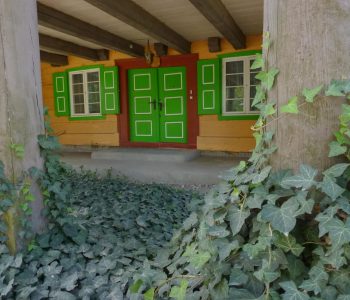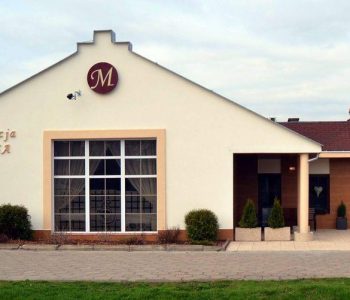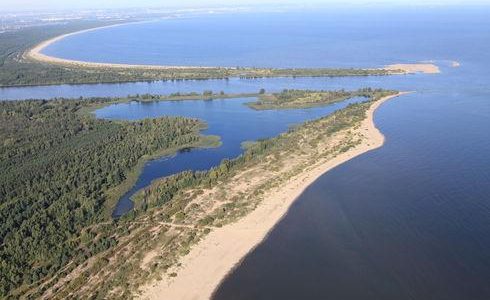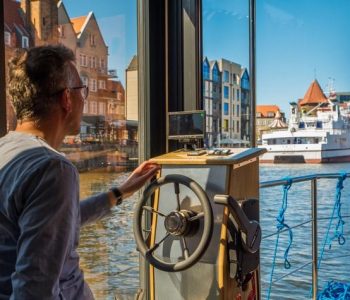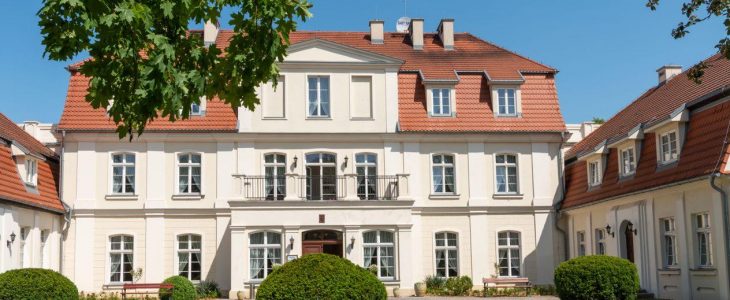Lentze, returning from two study visits, designed the structure of a beam bridge with six spans featuring parallel grated walls. The footings were equipped with five pairs of turrets, and both bridge entrances were marked with portals. The latter featured heavy iron gates that protected the bridge from being destroyed. The turrets and portals were built of yellow clinker brick in the Gothic Revival style. The bridge, erected in 1851-1858, was 837 metres long (along with the portals), and was the longest construction of its kind in Europe and one of the most beautiful in the world.
Between 1888 and 1891, 40 metres north, another bridge intended for a railway crossing was built according to the design by Georg Ch. Mehrtens. In 1910-1912, in connection with the relocation of levees further east, both bridges were lengthened.
The bridges suffered severe damage during World War II, both in 1939 and 1945. After post-war reconstruction, the original Lisewski Bridge featured only three spans from 1857, two from 1912, and two pairs of turrets, while the second bridge underwent a complete reconstruction.
On 14 May 2004 the American Society of Civil Engineers named the Lisewski Bridge in Tczew a Historic Civil Engineering Landmark (as the first site in Central and Eastern Europe and one of 240 in the world).



